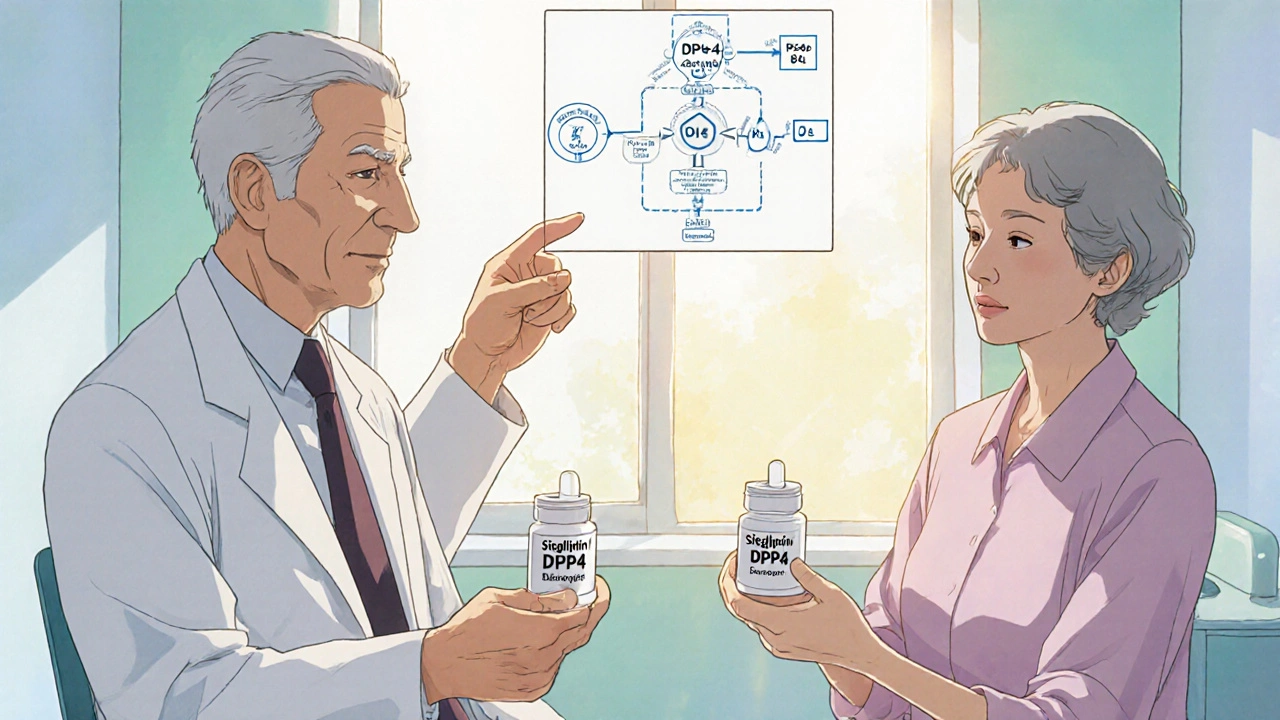Want to stop blood sugar from running your life? Diabetes treatment is not about magic pills—it's a set of simple daily choices plus the right meds when needed. You’ll get clear, useful actions you can try now, whether you have type 2 diabetes or are helping someone who does.
Small changes add up. Aim for a mix of protein, healthy fats, and vegetables at every meal and watch refined carbs—white bread, sugary drinks, and pastries. Walk after meals for 10–20 minutes to cut post-meal spikes. If weight loss is a goal, losing 5–10% of body weight often improves blood sugar a lot.
Exercise matters. Try 150 minutes a week of moderate activity (brisk walking, cycling) plus two strength sessions. Resistance training helps muscle use glucose better, so it’s not optional.
Metformin is usually the first drug doctors try for type 2 diabetes because it lowers glucose and rarely causes low blood sugar. Newer medicines—GLP-1 receptor agonists and SGLT2 inhibitors—do more than lower sugar: they can help with weight loss and protect the heart and kidneys for many people. Those benefits have changed how doctors treat diabetes in the last few years.
Sulfonylureas and some older drugs still work but can cause low blood sugar. Insulin is safe and powerful when needed—basal insulin for background control, and short-acting insulin for high meals or big glucose swings. Work with your provider to choose doses and timing that fit your routine.
Monitoring is simple but crucial. Check fasting and post-meal glucose as your doctor advises, and know your A1c target. For many adults, a common goal is around 7% but targets change based on age and health—tighter control isn’t always safer for older adults or people with heart disease.
Technology helps. A continuous glucose monitor (CGM) can spot trends so you don’t guess. Some pumps and smart pens simplify insulin timing. If supplies feel confusing, ask a diabetes educator or pharmacist to show you how.
Plan for problems. Learn hypoglycemia signs—sweating, shakiness, confusion—and keep fast-acting carbs handy (juice, glucose gel). Have a sick-day plan: stay hydrated, test more often, and call your provider if you can’t eat or your sugars stay very high.
Don’t skip routine checks: feet, eyes, kidney tests, blood pressure, and cholesterol—these prevent long-term damage. Vaccines like flu and pneumonia shots are important too.
Final tip: build a small team—your doctor, a diabetes educator, and a pharmacist can simplify choices and catch issues early. Diabetes treatment isn’t one-size-fits-all, but practical daily steps plus the right meds make blood sugar control realistic and less stressful.

A practical guide on using Sitagliptin Phosphate for elderly diabetics, covering dosing, benefits, risks, monitoring, and comparison with other drugs.
View more
Valsartan plays a big part in managing diabetic nephropathy, a condition that hurts the kidneys of people with diabetes. This article digs into how valsartan works, why it matters, and what makes it different from other medicines. You’ll find out if valsartan is right for you or someone you care about, plus some real-world tips for safer use. From the science behind the drug to what you can expect day-to-day, here’s what you need to know about protecting your kidneys with valsartan.
View more